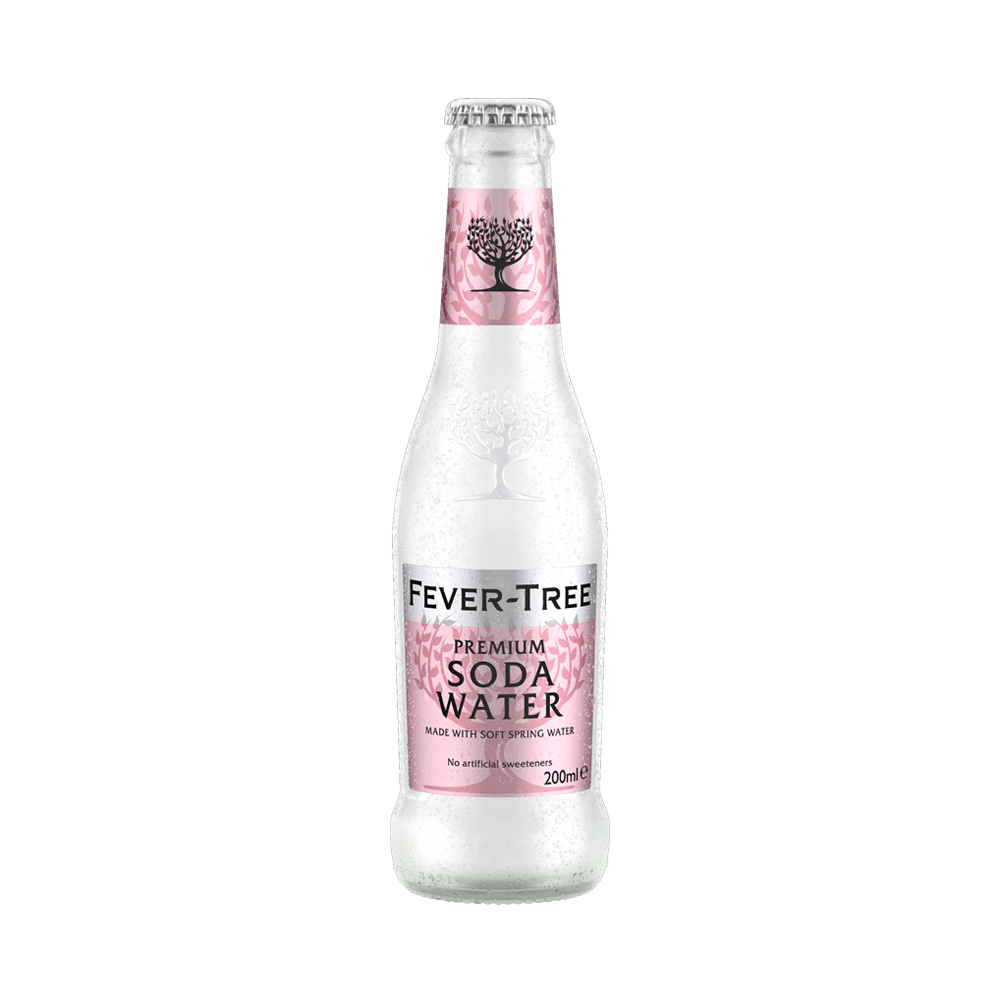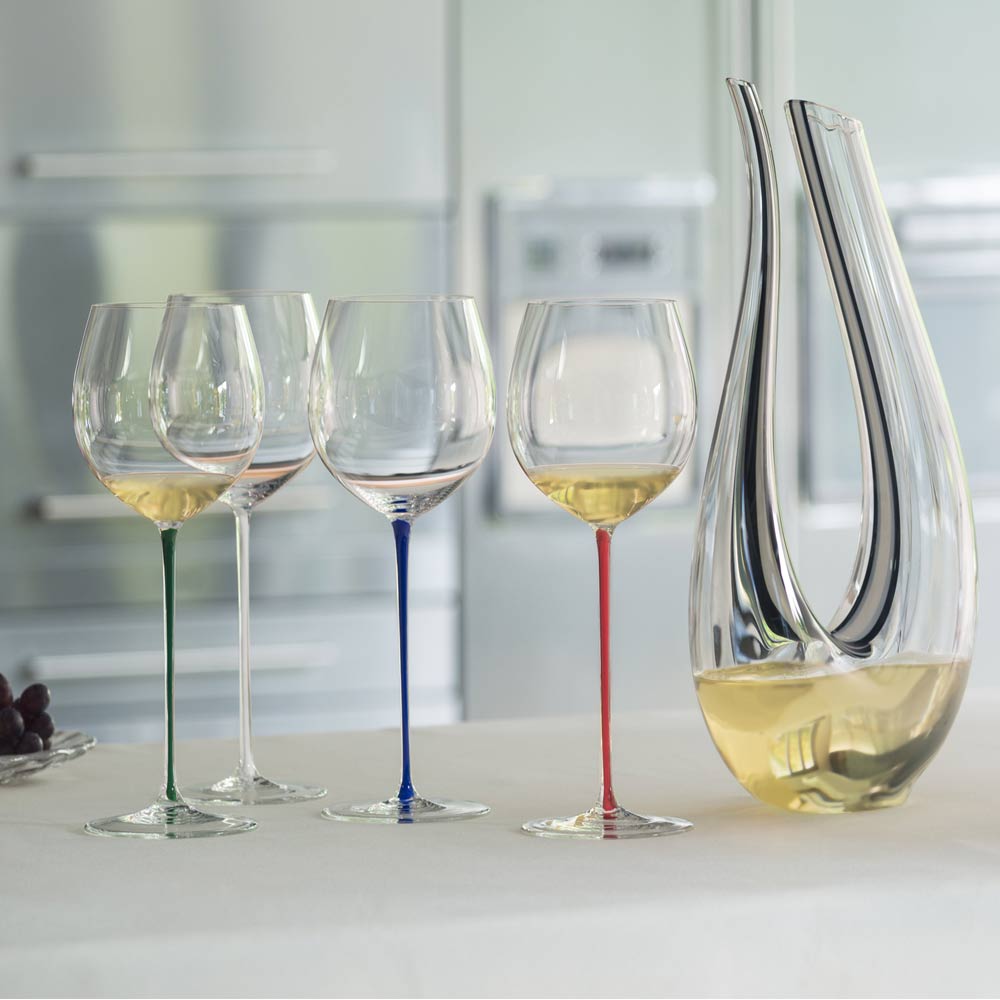Whisky
The 2024 Guide to Different Types of Whiskies!
Being a whisky lover among the dram maestros is no easy feat, folks.
More so when whisky is so vast a domain in itself that even the skillful masters are trying to uncover the hidden nuances of the spirit by tweaking something or the other every now and then.
If you, the liquor hobbyist, ever had to grapple with bourbon vs whisky, or rye vs bourbon, or even Scotch vs bourbon, consider yourself IN for this 5 minute primer to graduate in whisky … like, for final!
For seasoned connoisseurs, this article will turn out to be a fond reminiscence, we assure.
Care for a Whisky … sorry, Whiskey? Erm … Hold on!

Do you wonder what the difference between ‘whisky’ and ‘whiskey’ is?
Well, if you approached whisk(e)y virtuosos, they’d tell you straight away that ‘whisky’ or ‘whiskey’ depends upon where a bottle of that liquor originated.
If it was made in the United States or Ireland, it would be ‘whiskey’. If it came from Japan, Scotland or Canada, it’ll be ‘whisky’. Simple. Whichever region’s whisky we describe ahead, we shall give their whiskies/whiskeys due accordance.
So what is whisky made of?
Whisky is a fermented grain mash where the grains can be any mixture of corn, rye, wheat & barley. Fermentation of these grains breaks them down into sugars, and that’s the beginning of whiskey.
This fermented mash is run through either pot still, column still or a combo of both to produce the spirit. Finally, the spirit is aged in wooden barrels usually made of oak.
The dominance of any one constituent lends the whisky different flavors (from sweet to spicy & smooth to smoky) and aromas. The charred-oak barrels bring out the flavor of whisky further.
Care for a straight one or blended? Scotch? Rye? Or perhaps a bourbon? Or maybe blended scotch? Or just single malt?
If all these different types of whiskies bamboozle you, keep reading … you’ll be enlightened by the time you reach the end of this article.
The Scotch Whiskies

For those who wonder about the difference between Scotch and whisky, every Scotch is a whisky but the converse is not always true.
A whisky can’t be called a Scotch if it was not entirely produced AND bottled in Scotland. Fairly obvious, right?
In fact, there are elaborate laws in the United Kingdom governing various categories of Scotch whisky, aka Scotland whisky. For instance, a Scotch whisky:
- Is the one matured only in Scotland, for a period of not less than three years, and in oak casks of capacity only up to 700 liters.
- Is distilled at an ABV up to & not exceeding 94.8%, and has minimum ABV of 40%.
- Contains no added substances except water or plain caramel coloring or both.
Furthermore, there are specific rules in place about marketing of the Scotches you swear by.
Now, what is a Scotch made of anyway? As per the UK regulations for Scotch whisky, a Scotch whisky is made from water and malted barley (to which only whole grains of other cereals may be added) all of which have been—
- Processed at a Scottish distillery into a mash;
- Converted at that distillery into a fermentable substrate only by endogenous enzyme systems; and
- Fermented at that distillery only by the addition of yeast.
Within such base regulations for Scotch are a further myriad of bylaws that are specific to each region and style.
But wait, even Scotches have categories as per the UK regulations described above!
- Single malt Scotch whisky is the one made of only malted barley, water and yeast & is distilled in copper pot stills (in one or more batches) at a single Scottish distillery without adding any other cereals. Do check out the 21 year old Glenfiddich Single Malt Scotch.
- Single grain Scotch whisky is also distilled at a single Scottish distillery with water and malted barley with or without whole grains of malted/unmalted cereals in a patented still. It is a lighter-bodied whisky. E.g. the Taisteal Single Grain Scotch whisky.
- Blended malt Scotch whisky is blend of two (or more) single malt Scotches that have been distilled at more than one distillery. You’d love the Monkey Shoulder Blended Malt Scotch whisky, a mix of 3 different Speyside single malts.
- Blended grain Scotch whisky is a blend of two or more single grain Scotches distilled at more than one distillery.
- Blended Scotch whisky is made by blending one or more single malt Scotch whiskies with one or more single grain Scotch whiskies. Perhaps a 21 year old Royal Salute is in order!
The Fiery Irish!

An Irish whiskey can be produced throughout the Ireland but it must follow these guidelines:
- Not distilled higher than 94.8% ABV.
- Mash bill must contain malted barley but may include other cereal grains.
- Minimum of 3 years of maturation in wooden casks in Ireland.
- No additives, other than water and caramel coloring, allowed.
- It must retain the characteristics of its raw materials.
- Whiskey must bottled at minimum 40% ABV.
Like the Scotches, these whiskeys also offer many styles and expressions:
- Single Malt: 100% malted barley in a pot still from a single distillery, double or triple distilled. Pogues Single Malt Irish whiskey is an ideal in this class in HK.
- Grain Whiskey: Produced from a variety of grains using a continuous distillation method in column or Coffey stills. It is typically distilled only to be blended with other whiskeys.
- Single Pot Still: Made by mixing malted & unmalted barley in a pot still in a single distillery.
- Blended: Whiskeys made from blending all of the above styles, without any real restrictions on mash build or blending parameters.
American Whiskies: The Bourbon, Tennessee & Rye Delights

Fellas, the bourbon IS whiskey. No discussions on that!
Now, what makes a bourbon, bourbon?
One of the most regulated American spirits, the requirements a bourbon must fulfil are stricter than those of other spirits.
- It has to be American-made, anywhere in the continental USA. Not mandatory that it has to be ONLY Kentucky-made!
- It should be aged only in new, charred-oak barrels for a varying time period. Some bourbons are 3 months old while others, over 20 years!
- Bourbon must have 51% or more corn in the mash bill (aka corn mash) which imparts to it a sweeter taste than the rye one.
- It must be distilled up to but not more than 80% ABV.
- It must be no higher than 62.5% ABV at the start of aging in the oak barrel.
- During bottling, it must be 40% ABV or above.
- No additives like coloring agents or sweeteners are allowed.
These are only basic requirements. From here, terms adding further guidelines can be applied, like:
- Bottled in Bond: This must always be 50% ABV and must always be bottled and aged in a Federally Bonded Warehouse under the US federal government regulations for 4 years or more, all in accordance with the Bottle-in-Bond Act of 1897.
- Single Barrel: Just like what it sounds, each bottle comes from one barrel as opposed, no blending with others.
- Straight Bourbon: Follows the same aforementioned restrictive rules, however, it must be aged for a minimum of 2 years without any kind of additive. Maker’s Mark Kentucky Straight Bourbon is a premium one of this category.
- Barrel Strength: Aka ‘cask strength’, this is a whiskey that has not been ‘proofed down’ i.e. the whiskey is filtered straight from the barrel into the bottle.
A Tennessee whiskey is made in accordance with the rules for bourbon and is technically a bourbon anyway. However, they prefer to retain the name in the US!
There is one major technicality though. To be a Tennessee whiskey, it must be filtered through charcoal made seasonally on-site from sugar maple trees, a process called the Lincoln County Process.
The Rye whiskey, spicy sibling of bourbon, is a grain-based distillate conforming to the guidelines as of bourbon.
Most notable and prominent difference between rye and bourbon is that rye whiskey’s mash bill MUST contain at least 51% rye grain.
Rye as primary grain gives the spirit its distinctive dryness & spice. Rye whiskey is often the main base of many Canadian whiskies.
Canadian Whisky

Although, we mentioned a while ago that rye whiskey is often the main base of Canadian whiskies, you must know that Canada still governs its whiskies by geographical regulations (like other whisky making countries).
The regulations established in the country’s Food and Drugs Act proclaim that in order to be called a Canadian whisky (or Canadian rye whisky for that matter), the whisky must be mashed, distilled & aged in small wood vessels for no less than 3 years only in Canada and the resultant whisky must be no less than 40% ABV. Using caramel and other flavorings is optional.
Typically, corn is the main ingredient used in Canadian whiskies. Although, rye dominant whiskies are used for blending to add the flavor and aroma so associated with (and expected from) Canadian whiskies. If this intrigues you, do try the Canadian Club 1858.
Now we travel to the East!
Sampled the Japanese perfection yet?

Initially, modeled after the Scotches, the Japanese distilleries produce world renowned whiskies much in the same way as the Scotches with few exceptions. Unlike the Scotch distilleries, the Japanese counterparts use multiple still shapes & sizes, allowing the makers to craft a diverse range of styles for varying tastes.
Just like the Irish & Scots, the Japanese also govern their whiskies by same geographical regulations.
Taste wise, Japanese whiskies are bold and complex, and also very well balanced. There are some, such as Nikka Coffey Grain Whisky, which share more flavor notes with bourbon than with Scotch.
Always tweaking and trying to perfect the process, it is no wonder that every year, Japanese whiskies like Yamazaki, Hibiki, Hakushu etc. are frequently listed among the topmost whisky contenders at the international spirits competitions. Experimentation in blending and distillation – that’s Japanese whisky for you!.
Relishing your favorite whisky in the best way…

Whisky lovers enjoy it neat usually, though there are delicious whisky cocktails you could try certainly. As 2024 is upon us, here are some amazing whiskies you MUST sample. Relish it as a nightcap, add a splash of your favorite flavored cola or mix it with carbonated water. The whisky will turn as good as your innovativeness.
A platter of some aged cheese, a few squares of delectable dark chocolate, tangy fruits, Southern-style barbecue or a slice of pumpkin pie would surely raise the experience many notches.
Need to order online whisky for your New Year bash? Browse our whisky collection and buy whisky online at Liquidz from the comfort of your home.
Don’t keep your glasses dry then, get clinking with the succulent dram!







